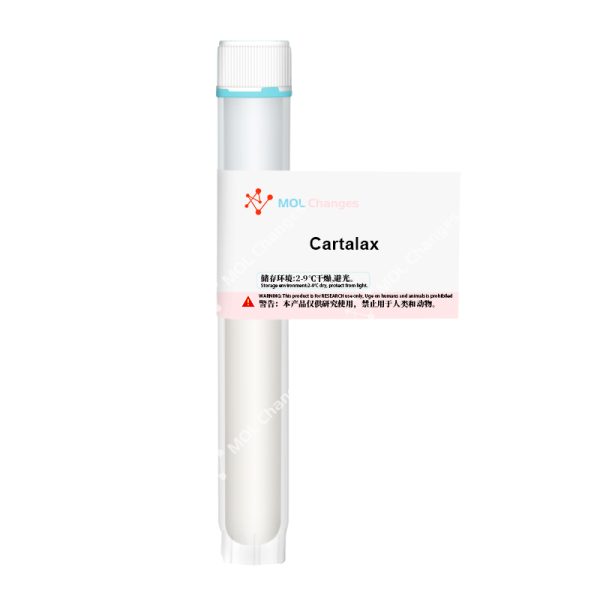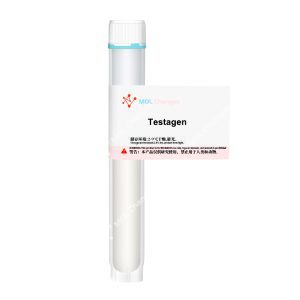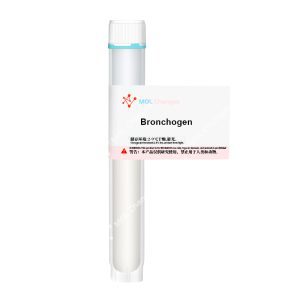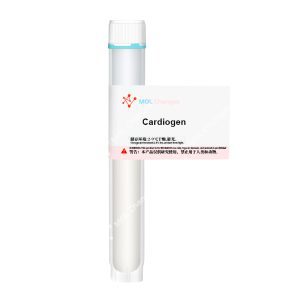Cartalax is a short-chain synthetic peptide with the amino acid sequence Ala-Glu-Asp. Derived from a natural protein fragment present within healthy cartilage, it is a carefully designed synthetic molecule.
The specific sequence of amino acids mimics those of endogenous signaling molecules; binding to certain cellular receptors, a subsequent cascade of cellular responses is triggered.
Rational synthetic design grants Cartalax high biological activity, specificity, low immunogenicity, and good transdermal or oral absorption.
Ongoing research details its multi-targeted, multi-level comprehensive protective and reparative potential.
Effective suppression of inflammation is one such outcome – downregulation of pro-inflammatory cytokine induced Matrix metalloproteinases (MMPs) and ADAMTS being the primary mechanisms; direct erosion and degradation of type II collagen and various proteoglycans are mitigated, articular cartilage structural integrity being preserved.
Enhancing the regenerative capacity of the extracellular matrix is another line of action suggested by more recent studies; chondrocyte specific markers are upregulated and their synthesis promoted.
Minor cartilage damage can be repaired through these means, healthy homeostasis maintained.
Anti-inflammatory, immunomodulatory and anti-aging properties are all part of Cartalax’s profile; clinical trials are currently exploring all of the above.
Synthesis and application of Cartalax represents a promising direction of bioactive peptide therapy.
Sequence
Ala-Glu-Asp
CAS Number
/
Molecular Formula
C12H19N3O8
Molecular Weight
333.297
Research Of Cartalax Peptide
1.Inhibition of Cartilage Catabolism
As stated, the prevention of excessive degradation is at the core of all Cartalax based research.
Abnormal pro-inflammatory factor signaling must be interrupted, and the enzymes responsible for degrading the matrix (again, primarily MMPs/Matrix Metalloproteinases) either directly or indirectly inhibited.
Mechanical integrity of cartilage tissue is the end point of all this work.
2.Promoting Cartilage Synthesis
Cartalax also demonstrates an exceptional capacity to enhance tissue anabolic metabolism.
Upregulating chondrocyte functional activity, it rapidly increases the synthesis and subsequent secretion of various extracellular matrix components; direct cartilage formation is the primary end result of this process.
In vitro studies have confirmed this effect – treated chondrocytes or stem cells show significantly elevated gene expression levels of type II collagen and aggrecan, with corresponding increases in the actual production of said proteins.
Further indirect enhancement of cellular metabolism and protein synthesis are achieved through specific intracellular signaling pathways (TGF-β/Smad being a prime example); tissue regeneration is the desired outcome.
Repairing pre-existing microdamage and constructing a functional matrix are two valuable pathways enabled by this line of action.
3.Anti-inflammatory and Immunomodulatory Effects
NF-κB serves as a key signal for activating numerous inflammatory factors.
Cartalax actively suppresses, or at least reduces, NF-κB expression – hitting the source of most inflammatory responses.
Pain, swelling and the more permanent stiffness associated with inflammation are all effectively alleviated.
The cartilage protective effects described above are intrinsically part of this anti-inflammatory process; reducing inflammation is a fundamental aspect of Cartalax’s overall mechanism of action.
COA
HPLC
MS








